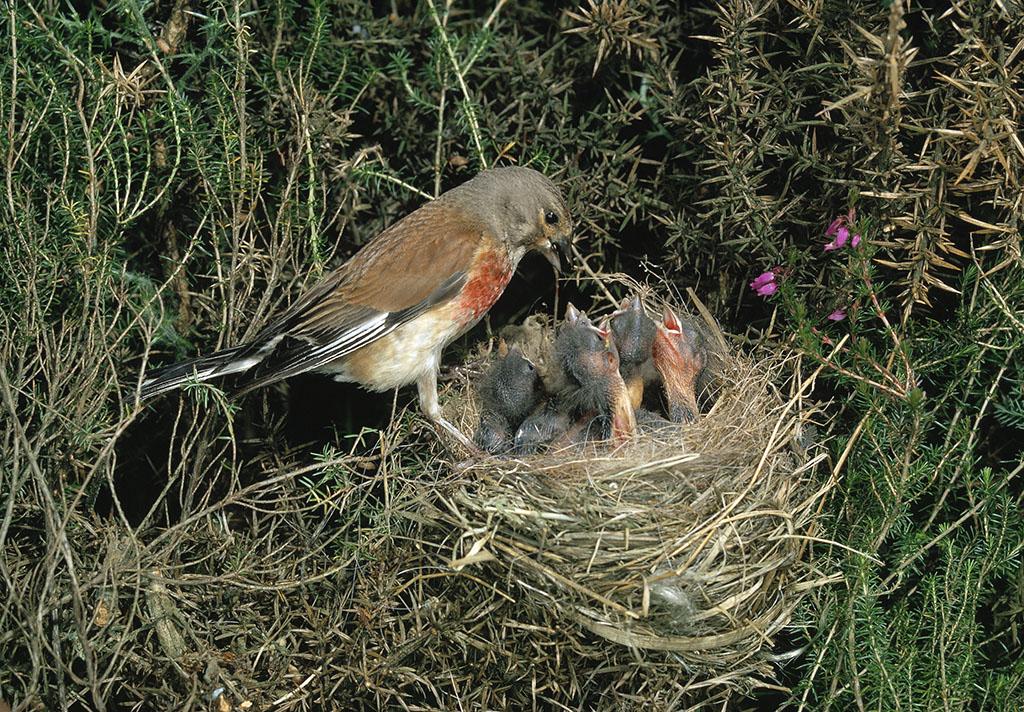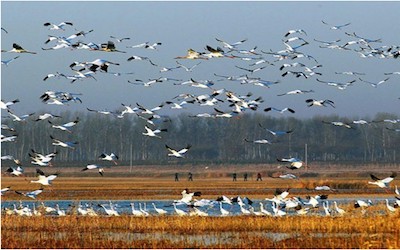PTE考生目前最大的问题之一就是练习题缺乏。除了有限的基本官方书(PLUS,Testbuilder, OG)之外就没有题了。很多英语基础不是很扎实的同学很难找到练习材料。悉尼文波雅思PTE培训学校专门为澳洲,尤其是悉尼、墨尔本的PTE考生准备了适合PTE听力阅读练习的科学60秒。各位PTE同学可以练习PTE听力中的summarise spoken text和PTE口语中的retell lecture,PTE听力口语-科学60秒-Frosty Moss练习记笔记技巧和复述。废话少说,下面开始:
This is Scientific American — 60-Second Science. I’m Jason Goldman.
Got a minute?
More than half of U.S. households provide food for birds. It’s a billion dollar industry. Now a study asks whether the same feeders that attract birds also attract predators that eat the eggs and newly hatched nestlings of those birds.
“We imagined that the food resource on the landscape could have a couple different effects on relationships between nest predators and their prey.” Ohio State University researcher Jennifer Malpass.
“On the one hand, you could see that the food might be attracting predators to certain areas, and that could increase nest predation risk. However, predators may be exploiting these food resources, and if you’ve got a good, predictable food resource on the landscape that’s easy for predators to access, you could imagine that they could switch to those anthropogenic, or those human–provided foods, like bird feeders. And that could perhaps lessen nest predation risk.”
Which could also be a problem, because predators help control the population.
Malpass and her team looked at the nests of American robins and Northern Cardinals in seven Ohio neighborhoods. They noted the presence or absence of feeders and recorded potential nest predators, like squirrels, domestic cats, and other birds. Over the four–year study, they observed more than 15,000 day–active predators across 19 species, but only brown–headed cowbirds and American crows were associated with bird feeders. The results were published in the journal The Condor.

The survival of Northern Cardinal nestlings did not seem to be related to the presence of these nest predators or even to bird feeders. But the American robins tell a different story.
“In areas that had both many crows and many bird feeders, American robin nest survival was the lowest.”
So the effect of bird feeders on urban wildlife communities differs from species to species, neighborhood to neighborhood.
“At least some predators seem to be attracted by bird feeders and the food resource they provide, and in some cases this can lead to increased nest predation risk for native backyard breeding birds.”
But that doesn’t necessarily mean that we should get rid of all the bird feeders.
“There are some great ecological and social benefits from this practice. We see them as nature’s ambassadors. They’re a point of connection to nature and the outside world and our native wildlife.”
Homeowners have been feeding wild birds for a long time, but only now are scientists finally beginning to understand just how that affects urban ecosystems. And the upshot, of course, is: it’s complicated.
Thanks for the minute for Scientific American — 60-Second Science Science. I’m Jason Goldman.





